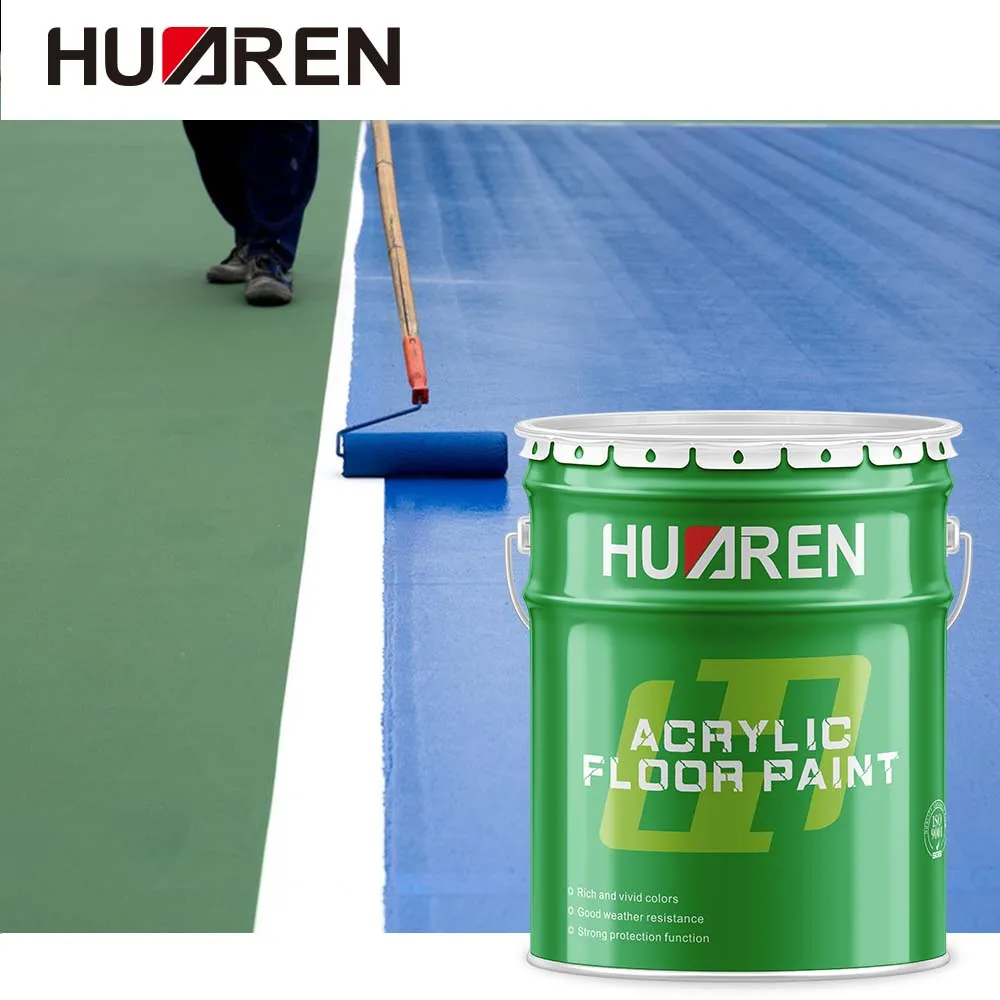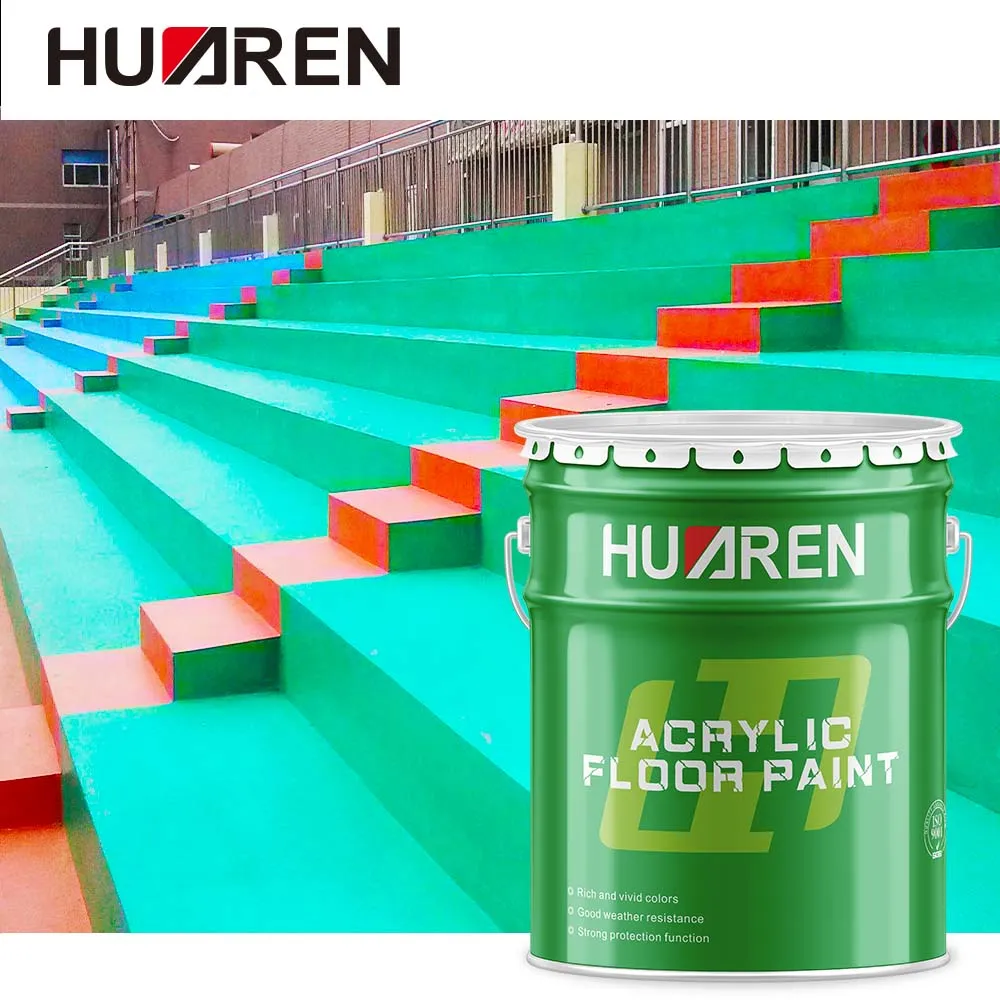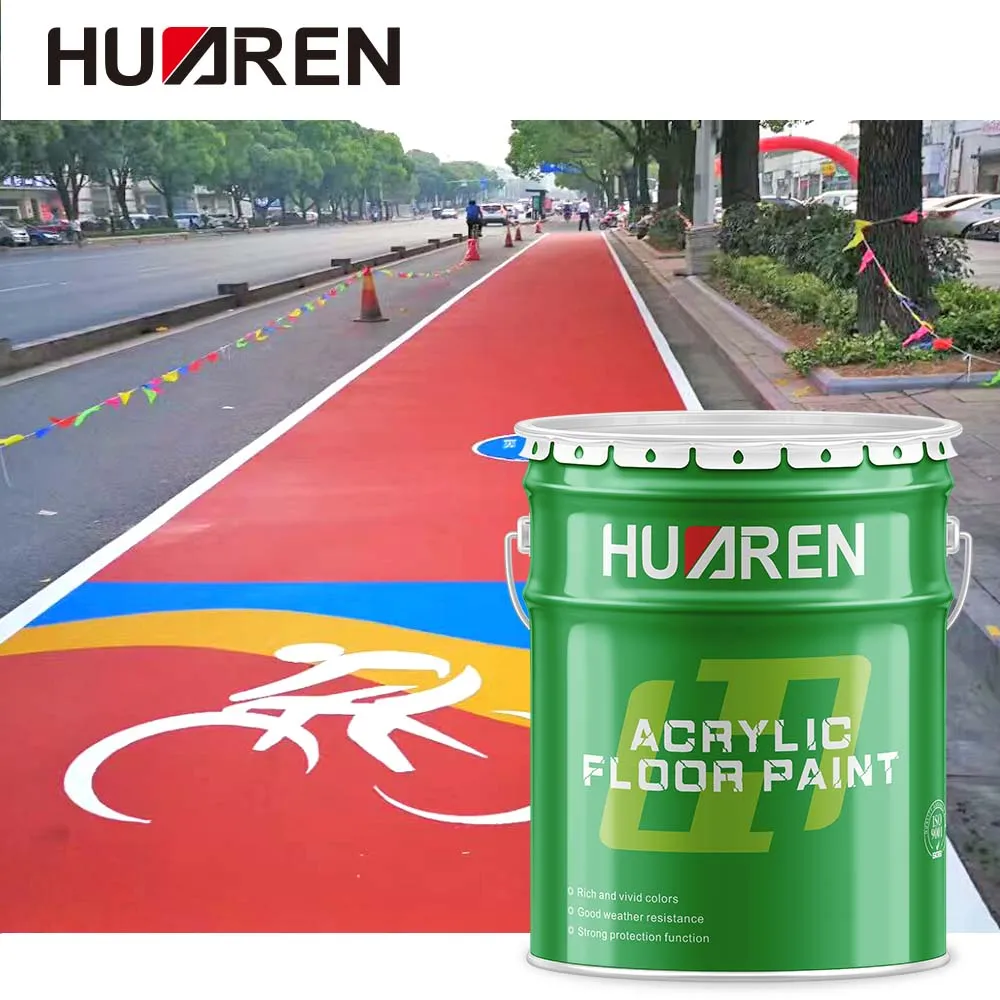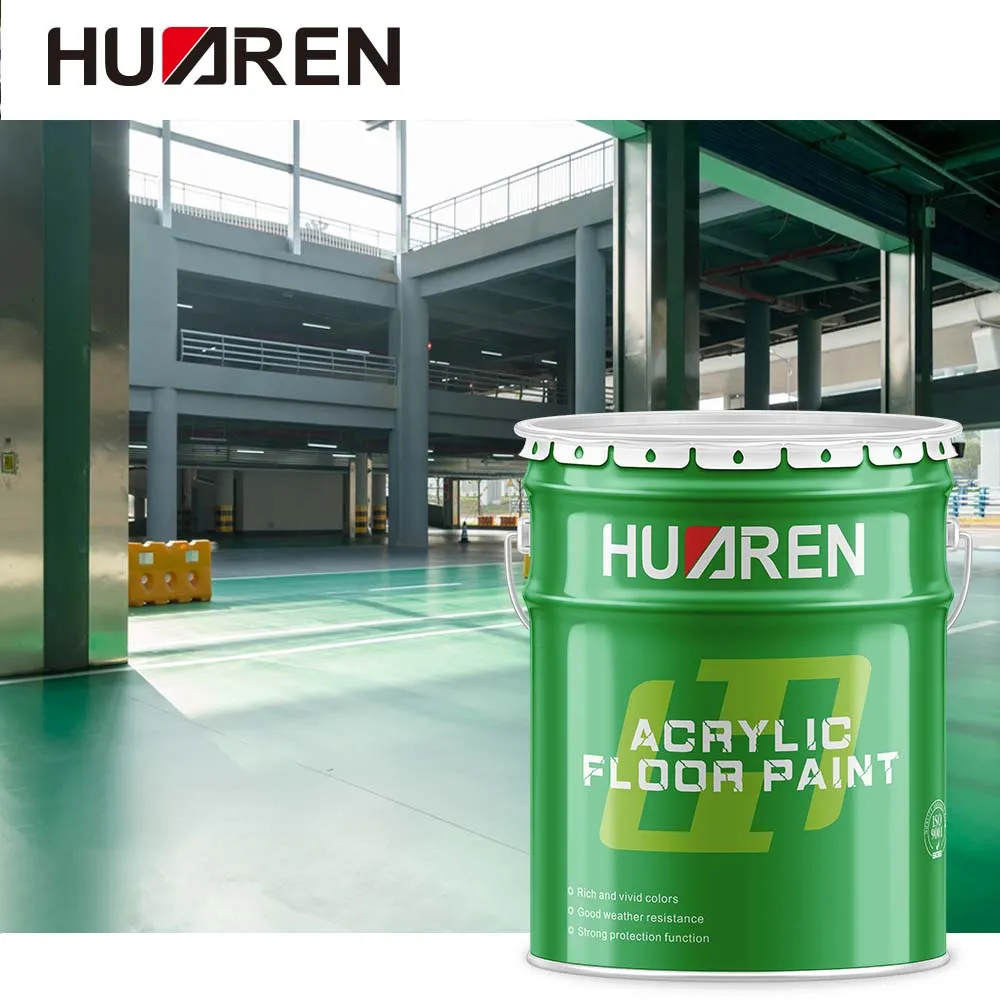Acrylic paint has become a common choice in many fields due to its good weather resistance, water resistance, environmental protection and ease of construction. Among acrylic products, heavy acrylic and regular acrylic are two common types, each with unique characteristics and uses. However, many people often have questions when using them in practice: dddhhhCan heavy acrylic be mixed with regular acrylic?dddhhh To answer this question, we first need to clarify the definition, characteristics and possible effects of the two after mixing.
This article will discuss in depth the definition and difference between heavy acrylic and regular acrylic, the feasibility of mixing, and precautions in practical applications to help readers better understand this complex issue.

What are heavy acrylic and regular acrylic?
Before understanding whether the two can be mixed, it is necessary to clarify their basic definitions and characteristics.
1. Heavy acrylic
Heavy acrylic paint refers to acrylic paint characterized by high viscosity and high solid content. This paint has the following characteristics:
● High viscosity: Due to the high solid content, heavy acrylic paint has a high viscosity and is suitable for scenes that require thick coating, such as repairing cracks, coating high-textured surfaces, etc.
● High covering power: Heavy acrylic paints have a high content of pigments and fillers, so they can provide excellent covering power and reduce the number of coats during construction.
● Strong durability: Due to its high solid content, heavy acrylic paint films are stronger after drying, and have better resistance to abrasion, UV and chemical corrosion.
2. Ordinary acrylic
Ordinary acrylic paint refers to acrylic products with regular viscosity and solid content. Its characteristics include:
● Easy construction: Ordinary acrylic has good fluidity and is easy to apply evenly by brushing, rolling or spraying.
● Good gloss and decorative properties: Ordinary acrylic is usually used for decorative surfaces and can provide a variety of color options and gloss effects.
● Wide range of applications: Suitable for a variety of substrate surfaces such as walls, ceilings, wood, metal, etc.
Heavy acrylic and ordinary acrylic: main differences
| Features | Heavy acrylic acid | Ordinary acrylic acid |
| Viscosity | High | Low |
| Solid content | High | Medium |
| Main uses | Repair, high texture coating | Decorative, flat surface coating |
| Liquidity | Poor | Good |
| Drying time | Longer | Shorter |

Can heavy acrylic be mixed with ordinary acrylic?
The answer is: In some cases, it can, but it needs to be handled with caution. The following will explore the feasibility of mixing from the aspects of chemical properties, construction impact and actual application effect.
1. Chemical compatibility
Heavyweight acrylic and regular acrylic have the same basic ingredients, mainly composed of acrylic polymer emulsion, pigments, fillers and additives, so from a chemical point of view, they are compatible. There will be no obvious chemical reaction after mixing the two, nor will it cause stratification or separation.
However, the following two points need to be noted:
● Emulsion stability: If the emulsion components in the two acrylic products are different, such as too large a difference in solid content or different emulsion stability, the stability of the mixed product may decrease.
● Diluent effect: If different diluents (such as water or solvent) are added before mixing, the incompatibility of the diluents may affect the final mixing effect.
2. Impact on construction performance
Mixing heavyweight acrylic and regular acrylic may have a significant impact on the construction performance of the coating, as follows:
● Viscosity change: The viscosity after mixing is between the two, which may affect the operating feel when brushing or spraying.
● Leveling: Regular acrylic has better fluidity, while heavyweight acrylic is more suitable for thick coating. Mixing may result in poor leveling or reduced thick coating performance.
● Drying speed: Heavy acrylics generally dry slower, while regular acrylics dry faster. After mixing, drying time may be unpredictable.
3. Paint film effect
Mixing heavy acrylics with regular acrylics may have the following effects on the final effect of the paint film:
● Covering power: The high covering power of heavy acrylics may be reduced by mixing, especially on high-contrast surfaces.
● Gloss variation: Regular acrylic paints generally provide higher gloss, while heavy acrylics tend to have a matte effect. Uneven gloss may occur after mixing.
● Durability: Heavy acrylics have stronger durability, and mixing may reduce their UV and chemical resistance.

Precautions in practical application
If you decide to mix heavy acrylics and regular acrylics, you should pay attention to the following:
1. Control of mixing ratio
The mixing ratio has a huge impact on the final performance of the paint. It is recommended to conduct experiments on a small scale, gradually adjust the ratio of the two acrylics, and observe the construction performance and paint film effect after mixing. For example, you can start with a 50:50 ratio and then adjust to 70:30 or 30:70 as needed.
2. Mixing method
During the mixing process, ensure that the two coatings are fully and evenly mixed. A mechanical stirrer can be used to reduce unevenness. In addition, avoid mixing too much at one time to avoid waste due to reduced stability of the coating.
3. Test the brushing effect
Before large-scale construction, the brushing effect should be tested in a small area. Observe the leveling, covering ability, drying time and gloss of the mixed coating to ensure the expected effect.
4. Construction conditions
Mixed acrylic coatings may be more sensitive to the construction environment, such as temperature, humidity and ventilation conditions. It is recommended to operate under construction conditions that are suitable for both coatings.
Scenarios suitable for mixing and scenarios where mixing is not recommended
1. Scenarios suitable for mixing
● Local repair: When a thick coating needs to be repaired locally and the surface decoration effect is considered at the same time, the two coatings can be appropriately mixed.
● Cost control: In some non-critical areas, the use of heavy acrylic can be reduced by mixing, thereby saving costs.
● Special needs: When a thick coating effect and a certain fluidity are required at the same time, they can be mixed.
2. Scenarios where mixing is not recommended
● High-demand decorative surfaces: For decorative surfaces that require high gloss or delicate appearance, mixed coatings may not achieve the desired effect.
● Applications in harsh environments: For example, long-term exposure to UV rays, high humidity or chemical corrosion environments, mixed coatings may reduce durability.
● Occasions with strict industrial standards: For example, on the surfaces of ships, bridges or mechanical equipment, mixing may not meet specific quality standards.

Huaren Chemical Industry Co., Ltd. specializes in the development, production, and supply of premium-quality industrial coatings and resins. Backed by nearly three decades of expertise, we deliver exceptional products at affordable prices, catering to sectors such as construction, oil and gas, and machinery. Our advanced production lines allow us to offer a wide range of products, from epoxy paints to phenolic coatings, tailored to meet specific customer needs. Whether you are looking for low-cost, high-quality options or customized solutions, Huaren Chemical provides it all. Take advantage of our wholesale prices and exclusive promotions to maximize your procurement value. Request your free quote today!

